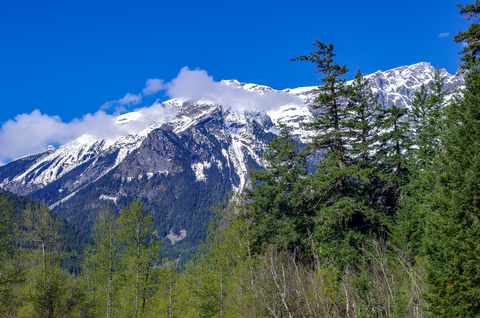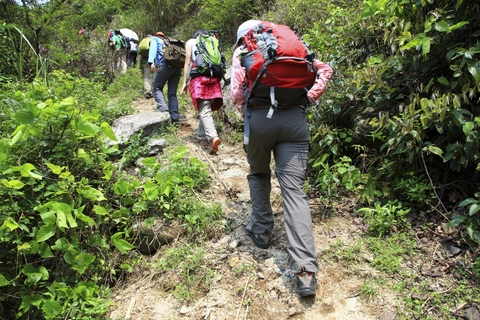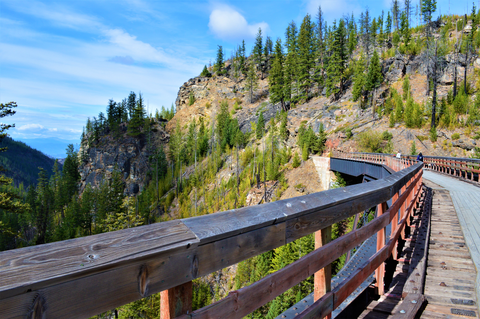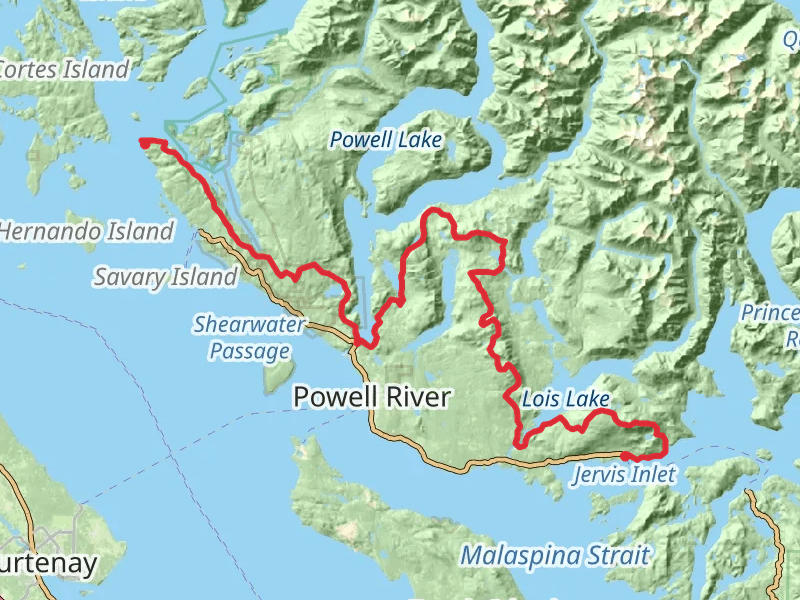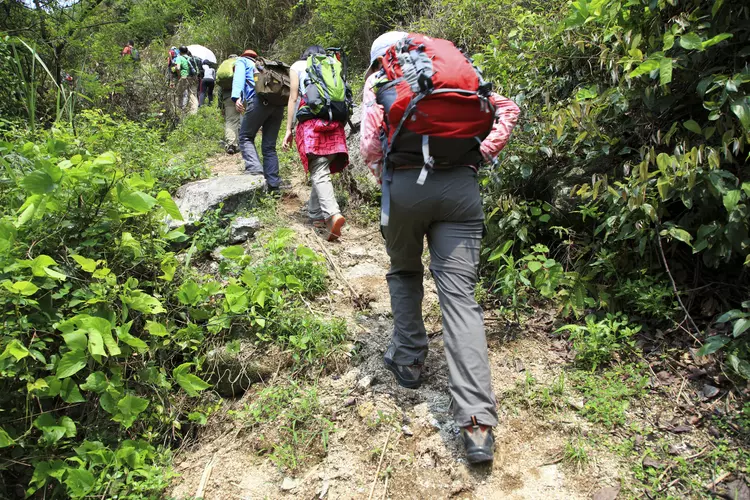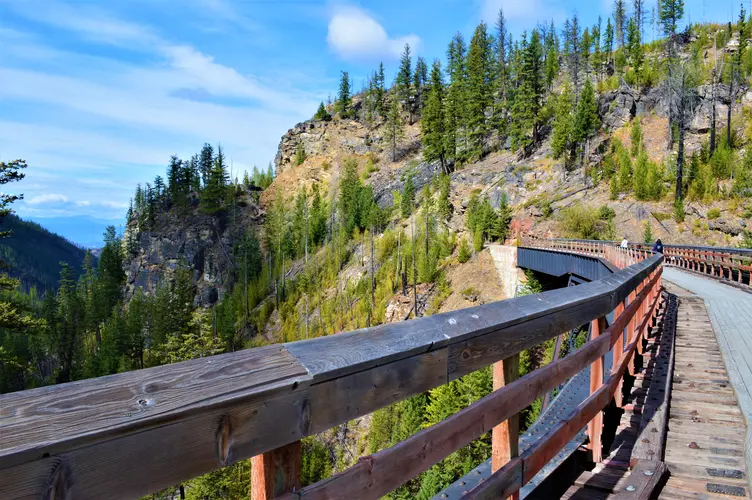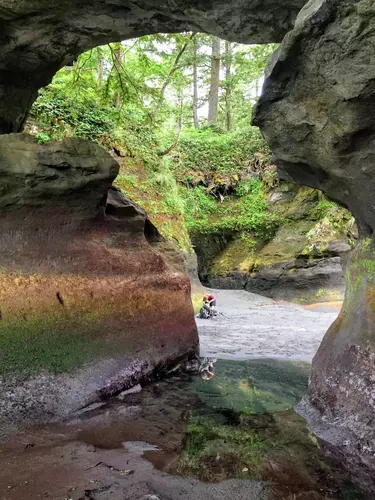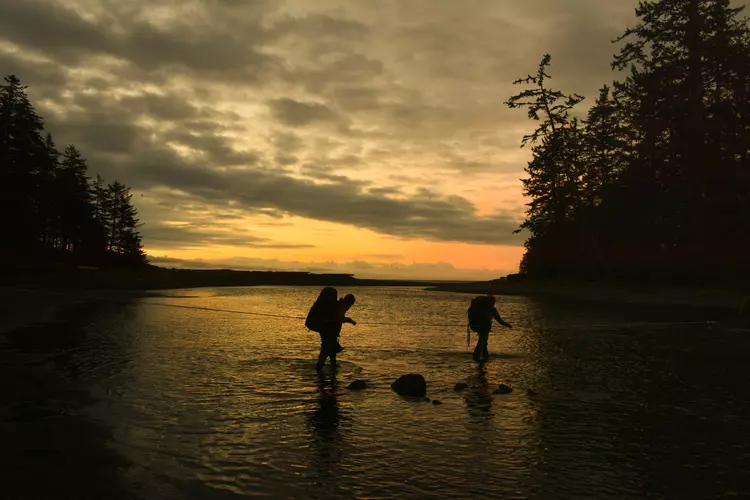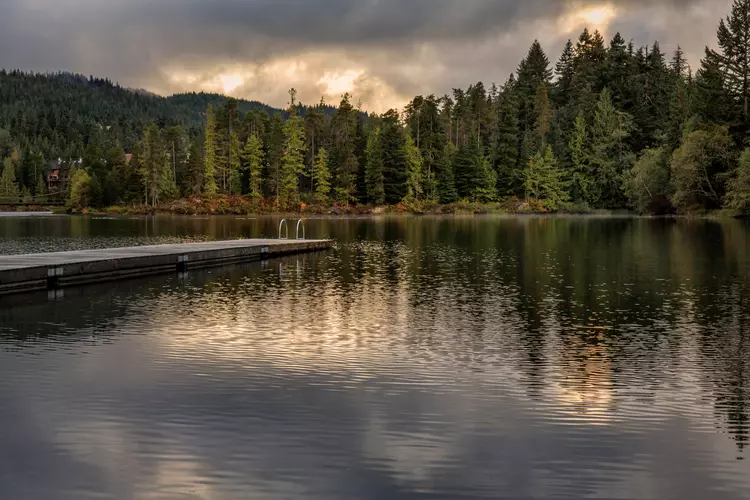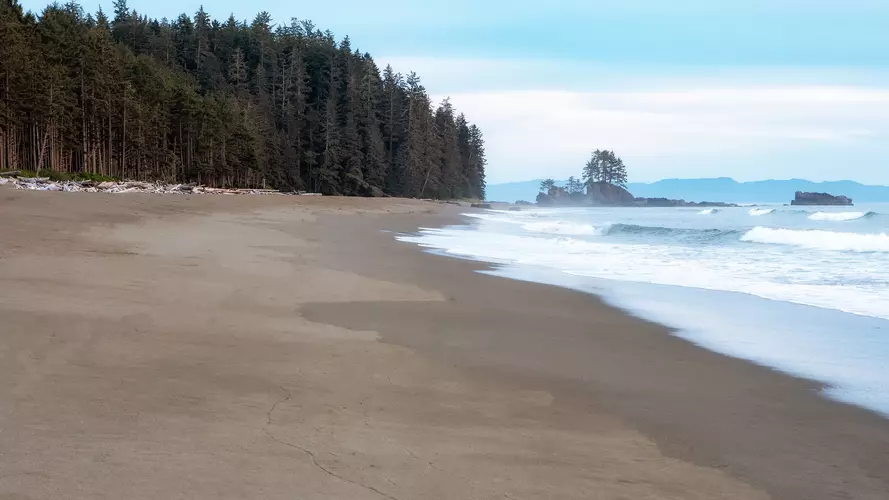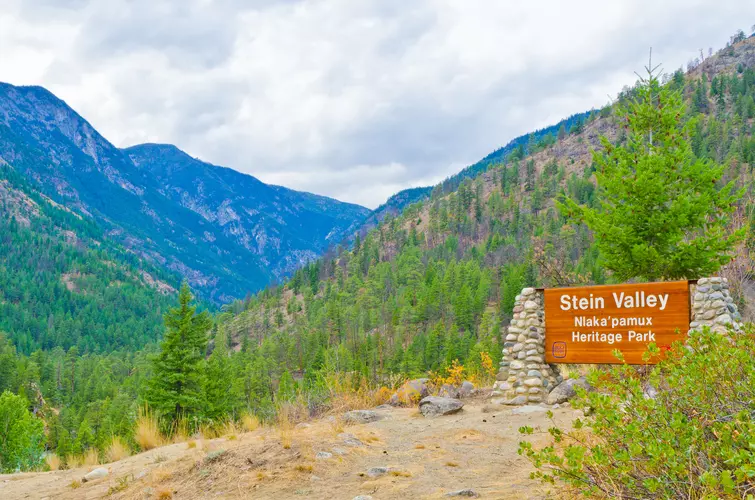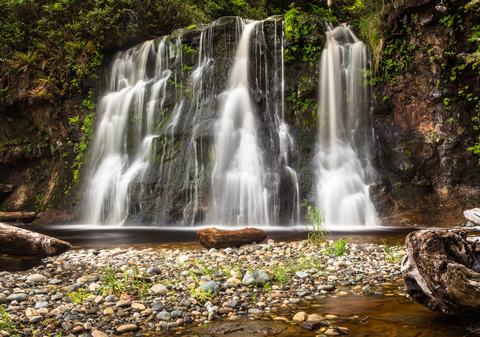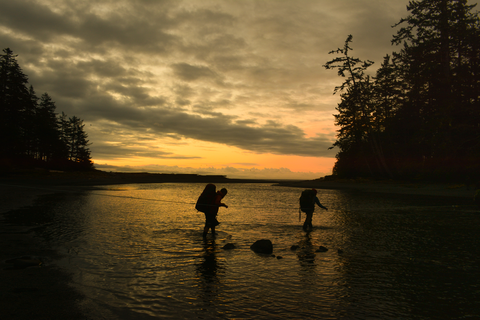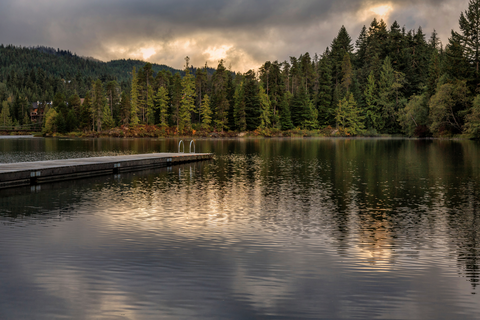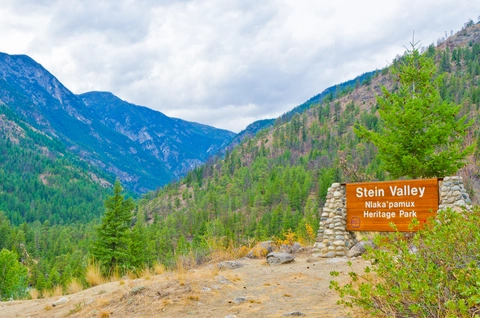"Experience British Columbia's enchanting trails, unveiling nature's masterpieces from rugged peaks to serene lakes."
Embark on an unforgettable adventure in British Columbia, where every trail unveils nature's masterpiece. From the rugged peaks of the Rockies to the lush rainforests of the Pacific Coast, BC offers diverse landscapes that captivate the soul. Discover hidden waterfalls, alpine meadows, and serene lakes, each trail a gateway to breathtaking vistas. Whether you're traversing the iconic West Coast Trail or exploring the tranquil paths of Garibaldi Park, BC promises an inspiring journey for every hiker.
Most popular hikes
FAQs about hiking in British Columbia

The northern regions, with their cold, harsh winters and short summers, are ideal for hiking from June to September. In contrast, the southern regions offer a wider hiking season, from May to October, depending on snow conditions.
In summary, BC offers varied hiking experiences across seasons. Visit https://bcparks.ca/ for more detailed information about specific parks and their recommended hiking seasons.







